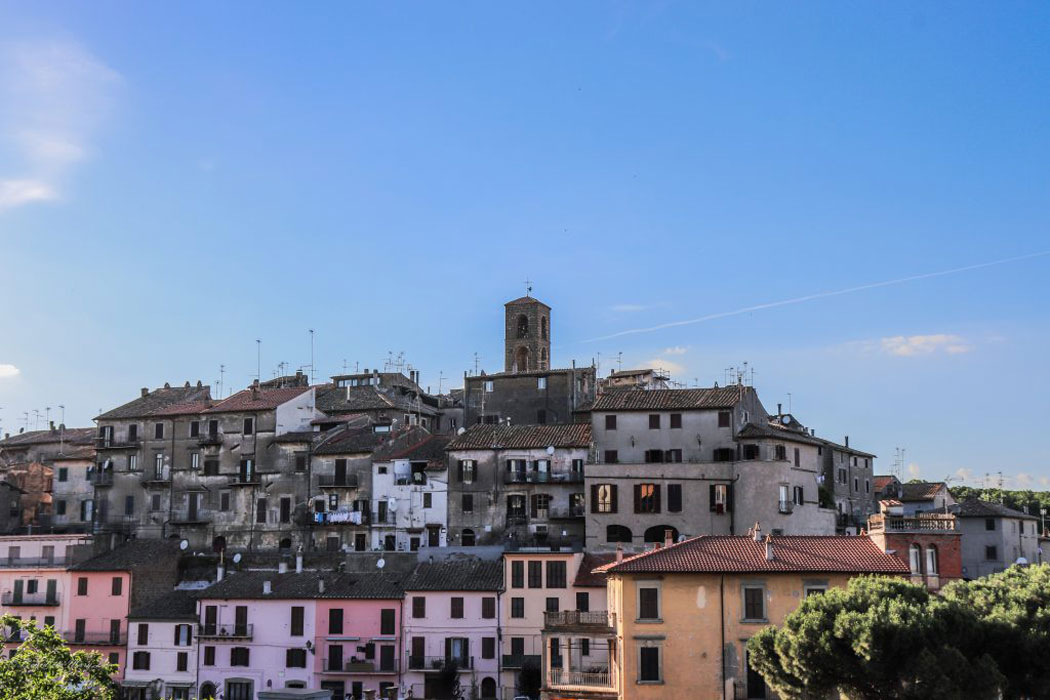
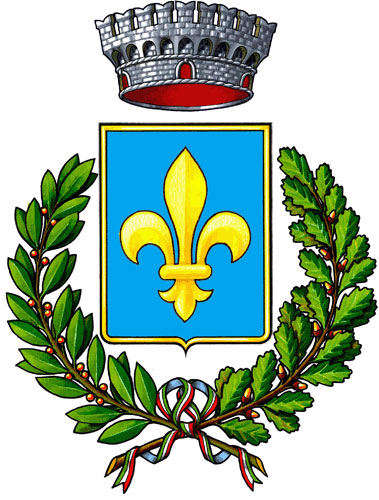
The Vallerano area was inhabited since Etruscan times, as documented by the presence of tombs dating back to VII-V century BC. In Roman times in this area rustic villas were built and one of these around the eighth century AD could have given rise to the medieval town of Vallerano, 'Fundus Valerianus'.
For many years it was fought over between the families Di Vico and the Orsini until 1383 when Pope Urban VI sent Guido d'Ascanio to restore order in the Church lands. The conflict resumed soon after when Di Vico and Orsini returned to compete.
In 1454 it returned to be among the possessions of the Church who sold it to the Hospital of Santo Spirito in Sassia. In 1537 it was included in the Duchy of Castro in which it remained until 1649 when it returned to the church that gave it to other vassals including the Farnese.
For many years it was fought over between the families Di Vico and the Orsini until 1383 when Pope Urban VI sent Guido d'Ascanio to restore order in the Church lands. The conflict resumed soon after when Di Vico and Orsini returned to compete.
In 1454 it returned to be among the possessions of the Church who sold it to the Hospital of Santo Spirito in Sassia. In 1537 it was included in the Duchy of Castro in which it remained until 1649 when it returned to the church that gave it to other vassals including the Farnese.



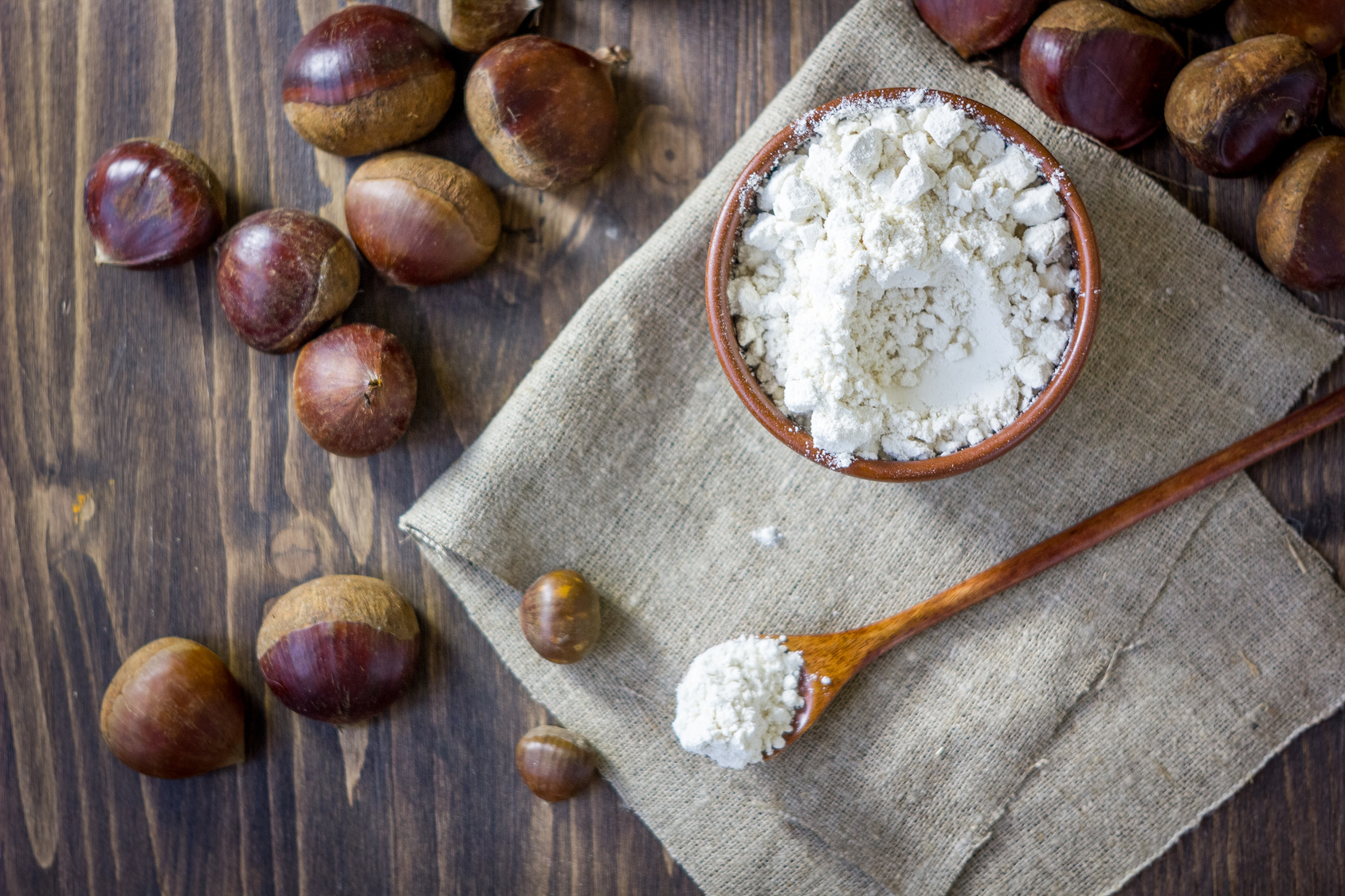

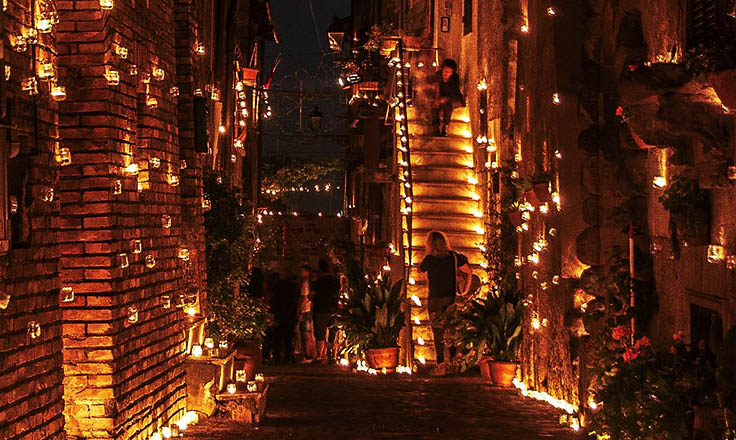
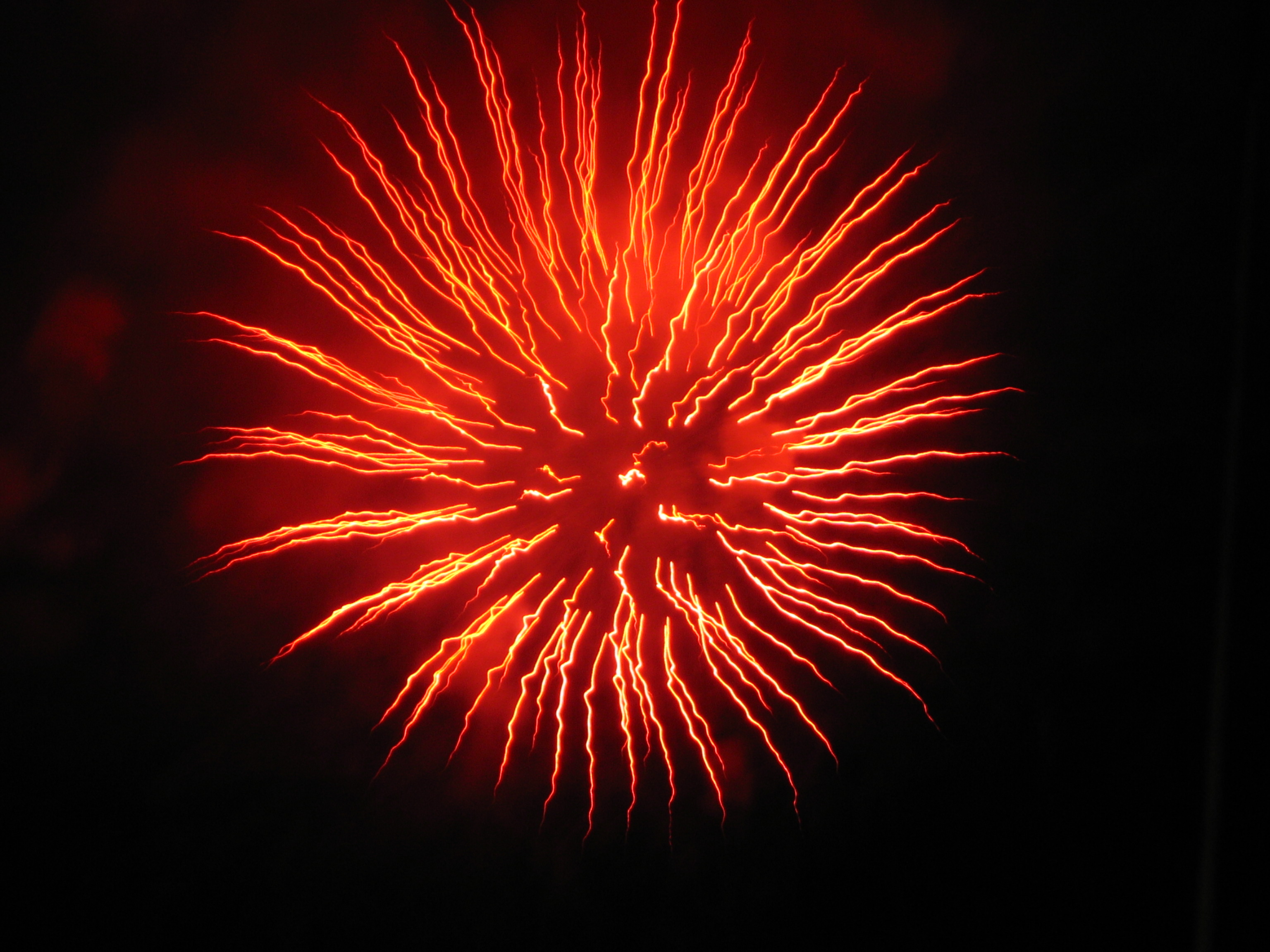
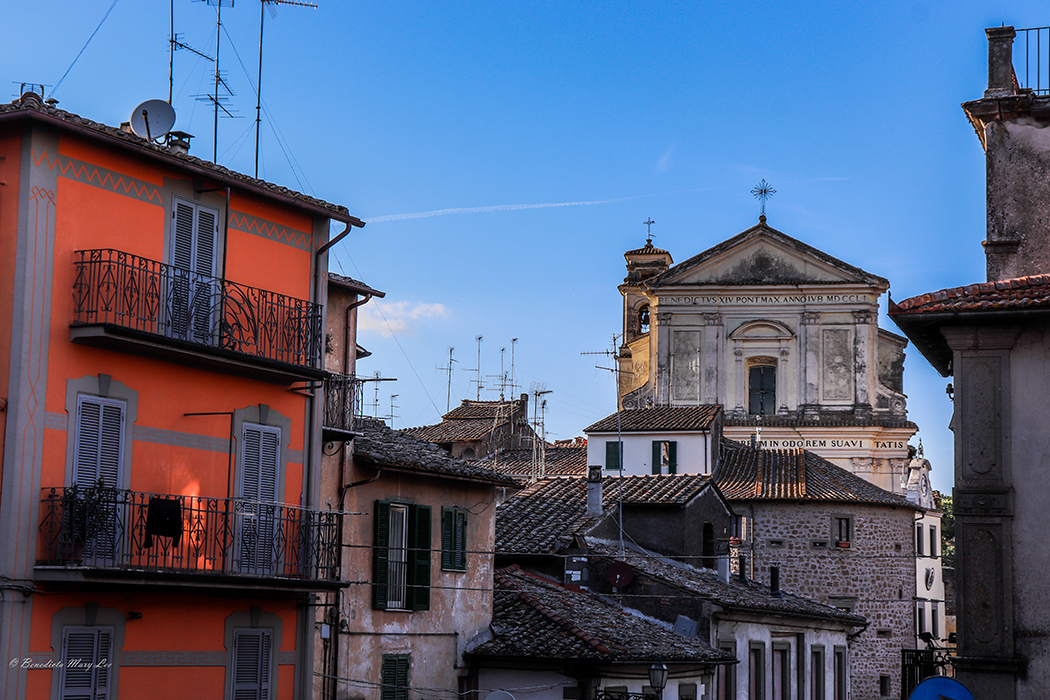




Follow us